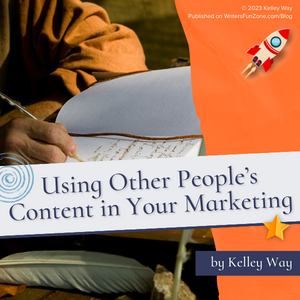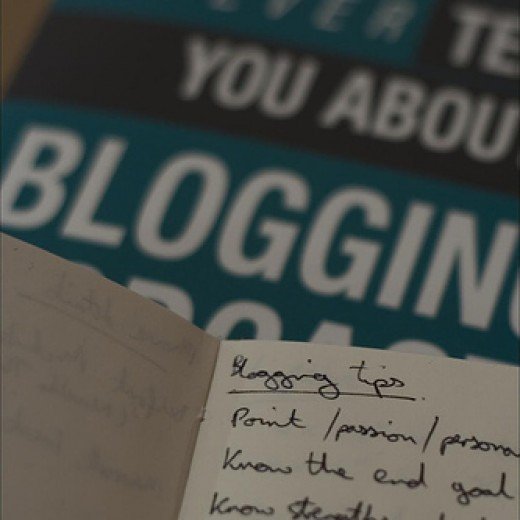Using Other People’s Content in Your Marketing by Kelley Way
 Let’s welcome back monthly columnist Kelley Way as she shares with us “Using Other People’s Content in Your Marketing.” Enjoy!
Let’s welcome back monthly columnist Kelley Way as she shares with us “Using Other People’s Content in Your Marketing.” Enjoy!
***
You found a great photo online that would be perfect for your upcoming social media campaign.
And you also saw a fantastic article on a lawyer’s website that you could totally repurpose for your newsletter.
Is using other people’s content a problem?
There is so much interesting and useful content on the Internet, but would using other people’s content in your marketing, be a problem?
Unfortunately, the answer is often yes.
Just because it’s on the Internet does not mean it’s not copyright protected.
In fact, it’s best to assume that anything created in the last century is copyright-protected, whether it’s on the Internet or not.
If you copy a blog article or use an Internet photo without permission, it’s very likely that you’re infringing on a copyright.
On top of that, using it in your marketing means that you’re putting it out there for the world to see, which increases the likelihood that the original owner will see it and object to your use.
It’s much safer to use something that’s been tagged for commercial re-use or get content from a reputable website that previously got permission from the copyright holder.
There may or may not be fees involved, but consider that the price to pay for peace of mind.
Considering Privacy and Publicity Rights
In addition to copyright, you need to consider right of privacy and right of publicity.
They’re two sides of the same coin — right of privacy is the right to not have your face exploited for commercial gain when you want to stay out of the limelight, and right of publicity is the right to control when and where your face appears in a commercial context.
In either case, the person doesn’t want their face to appear in an advertisement or marketing campaign without their permission. Keep this in mind anytime you’re using a photo with a person in it.
If you don’t have that person’s permission, and/or you’re not getting it from a site that’s letting you use it with the person’s permission, it’s best to stay away.
Another Company’s Branding
Last but not least, if the content contains another company’s branding (e.g., a logo, trademark, slogan or other aspect of the company’s commercial identity), you risk trademark infringement, false advertising, false endorsement, and a host of other trademark-related claims.
Essentially, the risk is that the company believes you’re using their branding to confuse or deceive consumers or make them think there’s a connection between their company and yours.
In that case, they will likely come after you on whatever legal grounds they can think of.
(Exception: if you are comparing your company or product to a competitor’s and making truthful statements about your competitor or their product, then there is very little they can do about it. Just be very careful if you go this route because if you tick them off enough, they may decide to come after you anyway.)
So, to sum up, while you technically can use other people’s content in your marketing, you’re taking a lot of risks if you don’t go through the proper legal channels.
The safest route is always to get permission or properly license the content from a legitimate website.
If you have questions about using other people’s content in your marketing or want someone to review your marketing campaign for legal issues, please feel free to email me at kaway@kawaylaw.com.
***
Want to read more articles like this one Writer’s Fun Zone? Subscribe here.
***
ABOUT THE AUTHOR
Kelley Way was born and raised in Walnut Creek, California. She graduated from UC Davis with a B.A. in English, followed by a Juris Doctorate. Kelley is a member of the California Bar, and an aspiring writer of young adult fantasy novels. More information at kawaylaw.com.







